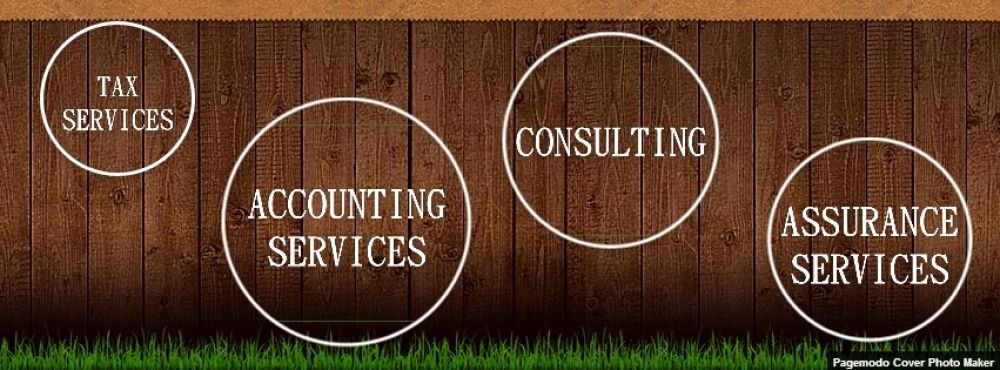March 2012 Due Date Reminders – Individual
March 12 Report Tips to Employer
If you are an employee who works for tips and received more than $20 in tips during February, you are required to report them to your employer on IRS Form 4070 no later than March 12.
Your employer is required to withhold FICA taxes and income tax withholding for these tips from your regular wages. If your regular wages are insufficient to cover the FICA and tax withholding, the employer will report the amount of the uncollected withholding in box 12 of your W-2 for the year. You will be required to pay the uncollected withholding when your return for the year is filed.
March 15 Time to Call For Your Tax Appointment
It is only one month until the April due date for your tax returns. If you have not made an appointment to have your taxes prepared, we encourage you do so before it becomes too late.
Do not be concerned about having all your information available before making the appointment. If you do not have all your information, we will simply make a list of the missing items. When you receive those items, just forward them to us.
Even if you think you might need to go on extension, it is best to prepare the return and estimate the result so you can pay the tax and minimize interest and penalties. We can then file the extension for you.
We look forward to hearing from you.
March 2012 Due Date Reminders - Business
March 15 Social Security, Medicare and Withheld Income Tax
If the monthly deposit rule applies, deposit the tax for payments in February.
March 15 Non-Payroll Withholding
If the monthly deposit rule applies, deposit the tax for payments in February.
March 15 Corporations
File a 2011 calendar year income tax return (Form 1120 or 1120-A) and pay any tax due. If you need an automatic 6-month extension of time to file the return, file Form 7004, Application for Automatic Extension of Time To File Certain Business Income Tax, Information and Other Returns, and deposit what you estimate you owe. Filing this extension protects you from late filing penalties but not late payment penalties, so it is important that you estimate your liability and deposit it using the instructions on Form 7004.
March 15 S-Corporation Election
File Form 2553, Election by a Small Business Corporation, to choose to be treated as an S corporation beginning with calendar year 2012. If Form 2553 is filed late, S treatment will begin with calendar year 2013.
March 15 Electing Large Partnerships
Provide each partner with a copy of Schedule K-1 (Form 1065-B), Partner’s Share of Income (Loss) From an Electing Large Partnership, or a substitute Schedule K-1. This due date is effective for the first March 15 following the close of the partnership’s tax year. The due date of March 15 applies even if the partnership requests an extension of time to file the Form 1065-B by filing Form 7004.
March 12 Report Tips to Employer
If you are an employee who works for tips and received more than $20 in tips during February, you are required to report them to your employer on IRS Form 4070 no later than March 12.
Your employer is required to withhold FICA taxes and income tax withholding for these tips from your regular wages. If your regular wages are insufficient to cover the FICA and tax withholding, the employer will report the amount of the uncollected withholding in box 12 of your W-2 for the year. You will be required to pay the uncollected withholding when your return for the year is filed.
March 15 Time to Call For Your Tax Appointment
It is only one month until the April due date for your tax returns. If you have not made an appointment to have your taxes prepared, we encourage you do so before it becomes too late.
Do not be concerned about having all your information available before making the appointment. If you do not have all your information, we will simply make a list of the missing items. When you receive those items, just forward them to us.
Even if you think you might need to go on extension, it is best to prepare the return and estimate the result so you can pay the tax and minimize interest and penalties. We can then file the extension for you.
We look forward to hearing from you.
March 2012 Due Date Reminders - Business
March 15 Social Security, Medicare and Withheld Income Tax
If the monthly deposit rule applies, deposit the tax for payments in February.
March 15 Non-Payroll Withholding
If the monthly deposit rule applies, deposit the tax for payments in February.
March 15 Corporations
File a 2011 calendar year income tax return (Form 1120 or 1120-A) and pay any tax due. If you need an automatic 6-month extension of time to file the return, file Form 7004, Application for Automatic Extension of Time To File Certain Business Income Tax, Information and Other Returns, and deposit what you estimate you owe. Filing this extension protects you from late filing penalties but not late payment penalties, so it is important that you estimate your liability and deposit it using the instructions on Form 7004.
March 15 S-Corporation Election
File Form 2553, Election by a Small Business Corporation, to choose to be treated as an S corporation beginning with calendar year 2012. If Form 2553 is filed late, S treatment will begin with calendar year 2013.
March 15 Electing Large Partnerships
Provide each partner with a copy of Schedule K-1 (Form 1065-B), Partner’s Share of Income (Loss) From an Electing Large Partnership, or a substitute Schedule K-1. This due date is effective for the first March 15 following the close of the partnership’s tax year. The due date of March 15 applies even if the partnership requests an extension of time to file the Form 1065-B by filing Form 7004.













